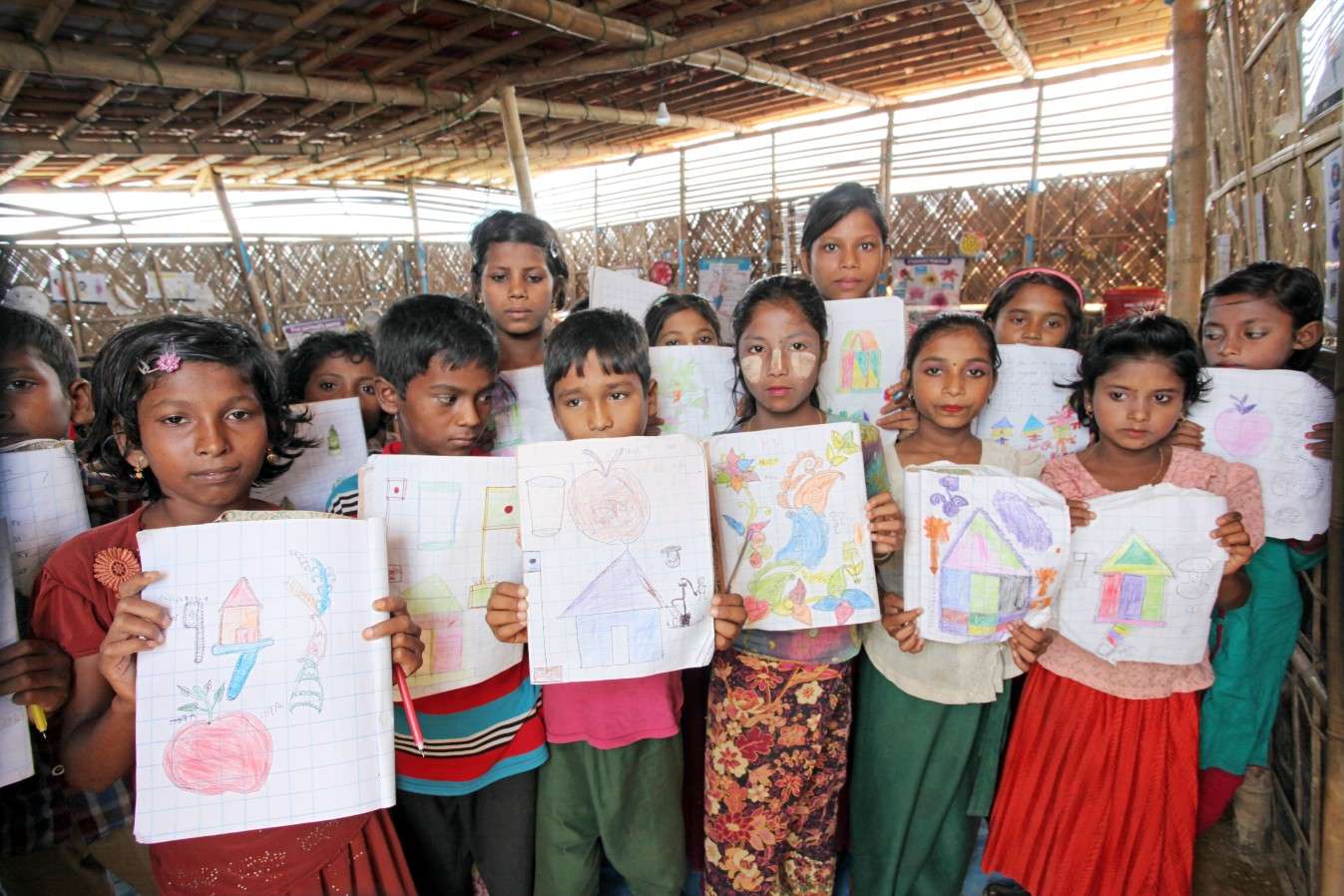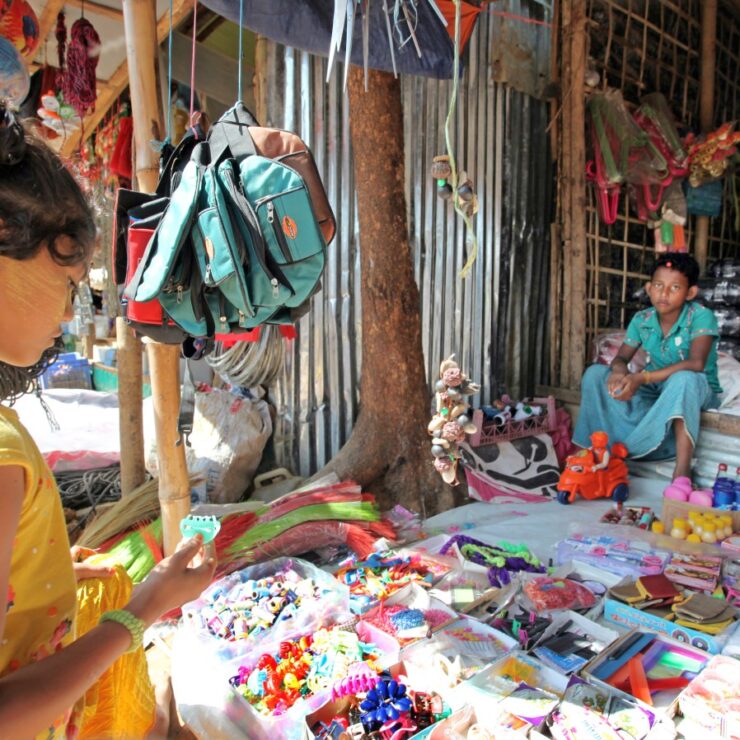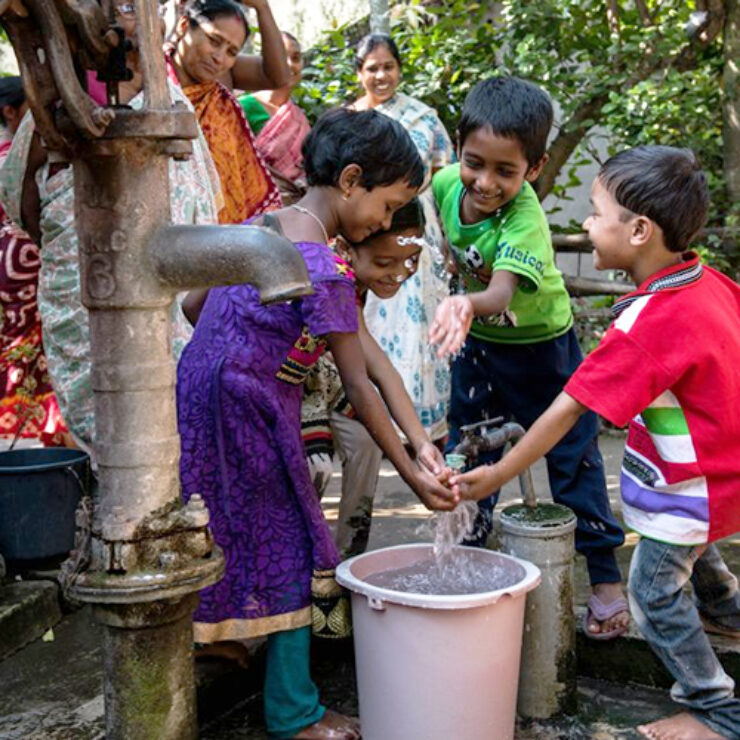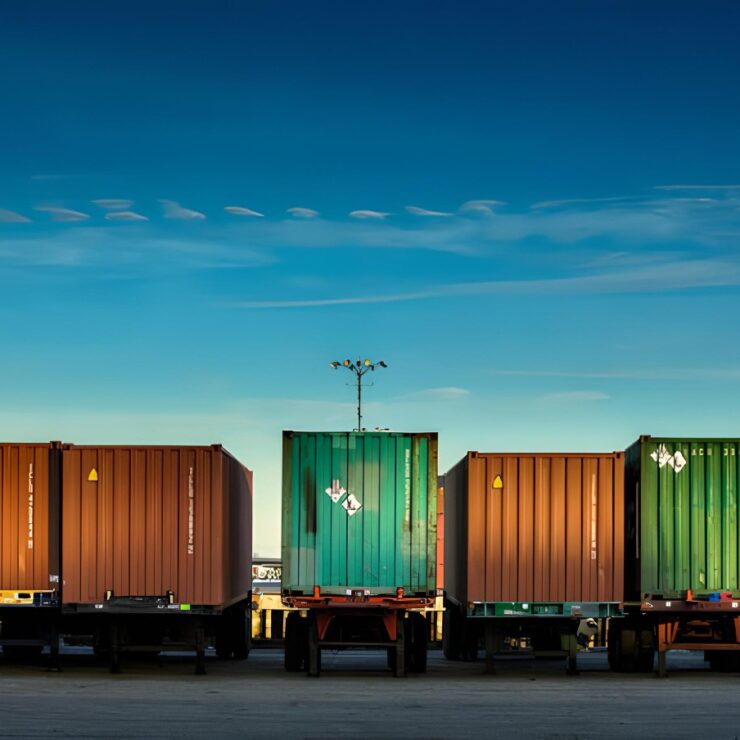
Strengthening Child Protection in Cox’s Bazar During COVID-19 : An End line Evaluation of SCI’s Humanitarian Assistance
Background
Back in 2020, when COVID-19 outbreak was ravaging the country, a nationwide lockdown was imposed. Cox’s Bazar, which was already experiencing many socio-economic challenges due to the Rohingya influx, meanwhile, tourism in Cox’s Bazar was suspended by the city’s authorities as a result of the lockdown. The consequence was that many children working in the tourism sector were unable to make a livelihood. It made them more susceptible to violence and abuse by family members and online abusers, as well as being deprived of access to health care and educational opportunities, increasing their chances of early marriage, and so on. To address these issues, Save the Children Korea planned to implement a project titled ‘Strengthening and expanding household and community mechanisms to support the wellbeing and resilience of vulnerable populations affected by Rohingya Crisis and COVID-19’. The main objective of the project was to Provide quality humanitarian assistance to minimize the Child Protection risks in Cox’s Bazar. The design of the projects prioritized approaches for Rohingya children in Cox’s Bazaar and the development of their resilience. An end-line evaluation of the project was conducted by Inspira with the purpose of assessing the projects’ relevance, effectiveness, efficiency, and sustainability in line with the OECD/DAC evaluation criteria.
Our Approach
To conduct this study, a mixed method was followed considering both qualitative and quantitative approaches. Key informant interviews (KII) were used to gather qualitative data from beneficiaries, community groups and leaders, volunteers, and relevant SCI staff. To execute the quantitative analysis, 427 surveys comprising a combination of closed- and open-ended questions were conducted by trained local enumerators. Secondary data was collected by the team through desk research. Analysis of data from primary and secondary sources was carried out using statistical tools and communicated through key deliverables.
Project Outcome
SCI focused on the adolescent boy and girls who were at risk of child abuse,child labour, child marriage and trafficking, intensifying behavioral change of parents and caregivers towards children. The services also included health and educational activities.
In terms of relevance, SCI’s response to the protection crisis was found to be relevant and addressed critical and priority needs of both the refugee and host communities during COVID-19. According to the beneficiaries, the response was relevant and appropriate to their health, education and child protection needs.
The second criteria for the evaluation was ‘Effectiveness’. This refers to the extent the activities achieved the objective on the basis of the outputs. According to the survey findings and qualitative data collected from the beneficiaries, the targets for the common indicators are mostly met.
According to the results in the ‘Efficiency’ section, SCI’s reaction to the project components was cost-effective. This project’s educational and child-protection components were mostly accomplished within the planned time and resources. In case of the health component, the timeline and resources needed to be extended due to COVID-19. Overall, no sign of inefficiency was found in the activities of SCI.
By participating in capacity building efforts for implementing partners, SCI demonstrated a strong commitment to engaging and strengthening local humanitarian groups and GoB stakeholders. It boosted GoB institutions’ participation such as the Department of Social Service (DSS), local law enforcement agencies, and humanitarian organizations, to solidify the durability of child protection mechanisms in both Rohingya and host communities.
SCI identified three types of vulnerable or specific target groups – Children with Disabilities, Children and Adolescents and Infants and Young Children. SCI was successful in the inclusion of the vulnerable groups alongside other beneficiaries.
SCI maintained coordination amongst various sectors, as well as with humanitarian organizations and municipal and national governments. Except for a few setbacks in collaborating with government actors, the coordination process has been free-flowing among internal and external parties.




